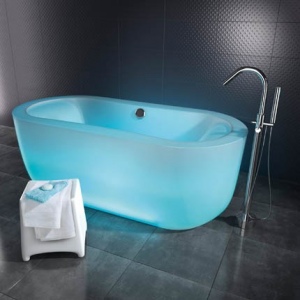Fire may destroy but floods, floods damage beyond repair. Damage from flooding is actually more common that you might think. Flood damage does not necessarily have to relate to waters coming into the home from the outside, such as from a burst water main or a river that has burst its banks – the water that causes the damage could already be inside the home. Flood damage can be caused by a burst pipe, a leaking shower or bath or simply by someone running a bath and walking away and forgetting about it. In some way, shape or form just about every householder will come into contact with water damage in their home at some point. However it occurs and whatever the damage there are four simple steps to follow to get repairs underway.
1. Damage Assessment
Some damage looks a lot worse than it actually is, so have a proper look at where the water has been and properly assess the damage that has been caused. Any carpets that have been water saturated can be salvaged providing that it was rain water or tap water that has done the damage, though this is also dependent on the type or carpet and how long it has remained saturated for. Any carpets that have been contaminated by what is called ‘Black Water’ such as water from the drains or rivers etc. need to be removed and replaced.
2. Locate the Water Source
If the water has come from a ‘one off’ source such as an overflowing bath, you should not have to worry about re-occurring damage, and there will be no problem in stopping the flow of water onto the floor etc. However things are a little more difficult when the water is coming from a continually flowing source such as a burst pipe, in which case you should call in a plumber for an emergency appointment. If it is black water that is polluting your home a more specialised contractor will need to be called in to assist with the clear up.
3. Call Your Insurance Company
Once you have all of the information about where the water came from and the damage that has been caused you are ready to call your insurance company. Discuss what help you need and determine how you are going to proceed. Don’t make the mistake in investing in new carpets or furniture until you are sure that your insurance company is going to cover your claim.
4. Treating the Damage
If your carpets are salvageable and simple require disinfecting try using the following solution (this is only applicable for a small area of carpet). Mix 2 tbsp. of bleach with 1 gallon of clean warm water and use on the affected area – make sure that the solution is thoroughly scrubbed into the carpet. If possible cut out the soiled patch to treat it and replace it later when thoroughly dry. Remove any furniture from the area so that the floor can air out and dry properly. Make sure that no one walks onto the treated piece of carpet until it is completely dry.
Looking for the latest news on home improvement, building or construction? Visit Dobson Building Contractors now.





